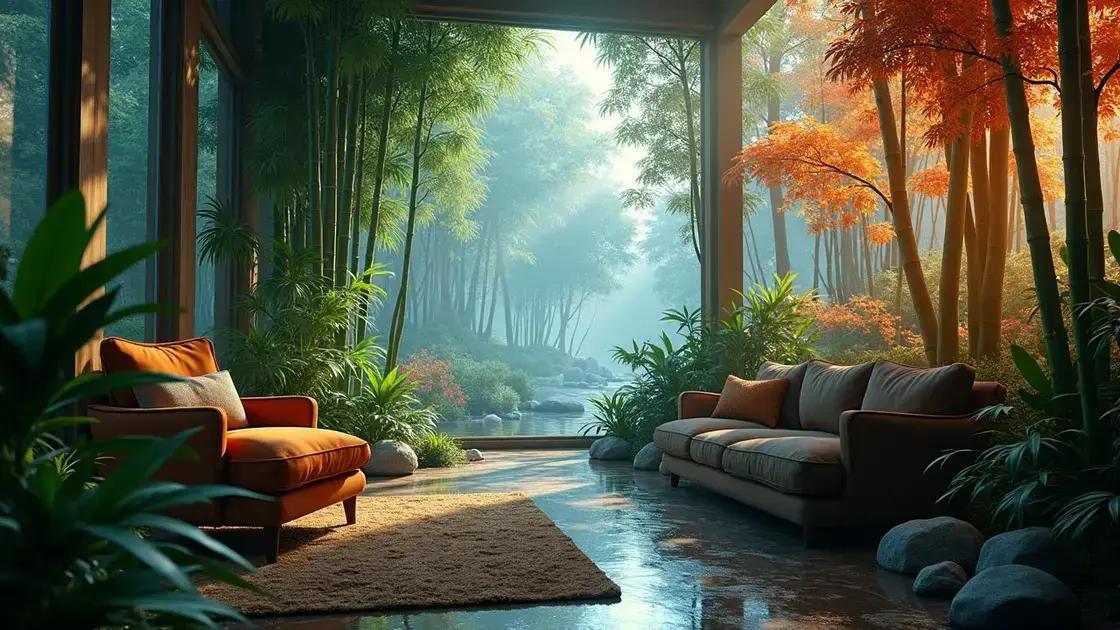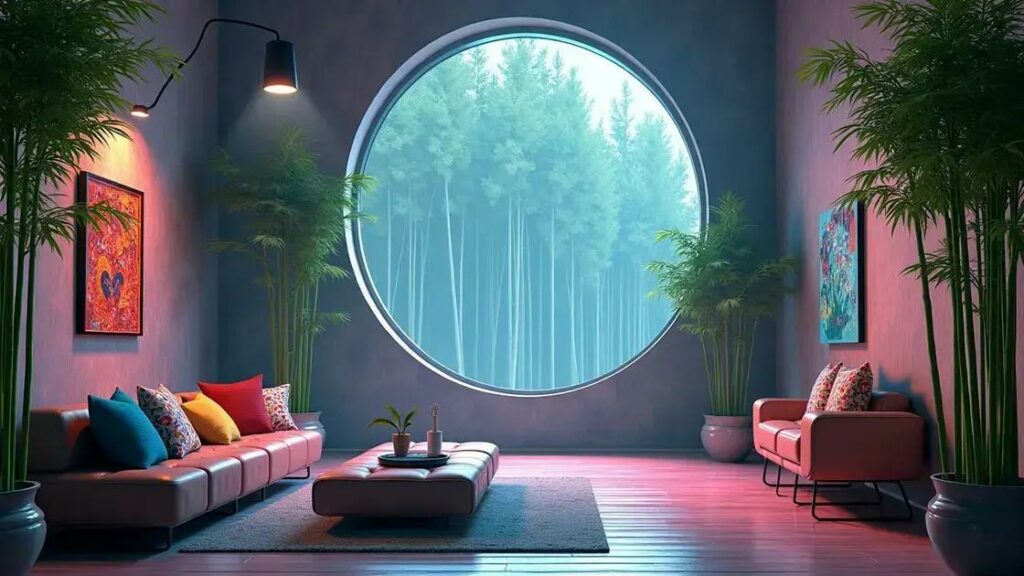How to care for an indoor bamboo plant is a common question for those looking to add a touch of nature to their homes. These stunning plants not only enhance your decor but also purify the air. Whether you’re a beginner or seeking to improve your green thumb, this guide will help you provide the perfect environment for your bamboo to flourish.
Table of Contents
ToggleUnderstanding the perfect watering schedule for bamboo
Understanding the perfect watering schedule for bamboo is crucial for ensuring your plant thrives. Bamboo, with its lush green foliage, requires consistent moisture but not overwatering. Here’s what you need to know to keep your indoor bamboo healthy and vibrant.
Key factors in bamboo watering
- Humidity levels: Indoor humidity plays a vital role in how often you should water your bamboo.
- Potting medium: The type of soil can affect drainage and moisture retention.
- Temperature: Consider how warm your space is, as warmer temperatures can lead to quicker drying.
How often to water indoor bamboo
Generally, you should water your indoor bamboo every 1-2 weeks, ensuring that the top inch of soil dries out slightly between waterings. However, there are specific guidelines to follow:
- Check the soil moisture: Use your finger to feel the soil about an inch deep. If it feels dry, it’s time to water.
- Water deeply: Ensure you water thoroughly until you see drainage from the bottom of the pot. This ensures that moisture reaches the roots.
- Adjust based on conditions: Modify your watering schedule based on seasonal changes. In winter, your bamboo may require less water.
Signs of overwatering and underwatering
- Overwatering can lead to yellowing leaves and root rot.
- Underwatering may cause leaf curling and a droopy appearance.
Even watering techniques
To maintain an optimal watering schedule, consider using these methods:
- Water early in the morning to allow the plant to absorb moisture throughout the day.
- Use room temperature water to avoid shocking the plant.
Mist your indoor bamboo regularly
Since bamboo thrives in humid conditions, regularly misting your bamboo can help maintain adequate humidity levels, especially in drier months.
For more tips on keeping your indoor garden flourishing, check out exploring indoor gardening techniques.
Meta Description
Understanding the perfect watering schedule for bamboo ensures thriving indoor plants. Discover effective watering tips for lush, healthy bamboo.
Essential soil requirements for thriving indoor bamboo

Essential soil requirements for thriving indoor bamboo are key to ensuring robust growth. The right soil mix provides adequate drainage and nutrition, crucial for your bamboo’s health.
Components of ideal bamboo soil
- Well-draining soil: Bamboo does not like to sit in water, so use a mix that allows for proper drainage.
- Organic matter: Incorporating organic materials, such as compost, can enhance nutrient availability.
- pH level: Aim for a slightly acidic to neutral pH level between 6.0 and 7.0.
Popular soil mixes for bamboo
Here are some effective soil mixes you can use for your indoor bamboo:
- Commercial potting mix: Look for a high-quality potting mix labeled as suitable for indoor plants.
- Custom mix: Combine equal parts of potting soil, perlite, and peat moss for an ideal environment.
Signs of unsuitable soil
Pay attention to your bamboo’s growth to identify soil issues. Here are common indicators:
- Yellow leaves, which may indicate poor drainage or nutrient deficiency.
- Poor growth or stunted plants, signaling that the soil lacks crucial nutrients or is too compacted.
Improving soil quality
If you notice issues, consider these options to enhance your bamboo’s soil:
- Add organic fertilizers: Regularly applying organic fertilizers can improve soil richness.
- Repot as needed: Don’t hesitate to repot into fresh soil if you notice root crowding.
For more tips on maintaining a thriving indoor garden, check out exploring indoor gardening techniques.
Meta Description
Essential soil requirements for thriving indoor bamboo include well-draining soil and organic matter. Ensure proper growth with our expert tips.
Optimal sunlight exposure for your indoor bamboo plant
Optimal sunlight exposure for your indoor bamboo plant is essential for its growth and vitality. Bamboo thrives best with the right amount of light, and understanding its light requirements can lead to a flourishing plant.
Understanding bamboo’s light needs
- Bamboo prefers bright, indirect sunlight. Direct sunlight can scorch its leaves.
- These plants can adapt to lower light conditions, but their growth may slow.
Identifying the best placement for bamboo
To ensure optimal light exposure, consider the following placement tips:
- Place your bamboo near east or west-facing windows. They receive gentle morning or late afternoon sun.
- Avoid north-facing windows, which typically provide insufficient light.
- If using south-facing windows, use sheer curtains to diffuse the intensity of direct light.
Monitoring light conditions
How can you know if your bamboo is getting enough light? Here are some indicators:
- Healthy green leaves indicate adequate exposure.
- Pale or yellowing leaves can suggest too much direct sunlight or inadequate light.
- Leggy growth may indicate that your bamboo is reaching for more light.
Adjusting light exposure
If your bamboo doesn’t seem to thrive in its current spot, consider these adjustments:
- Rotate the plant every few weeks for even light exposure on all sides.
- Move your bamboo to a brighter location if you notice slow growth.
For more comprehensive strategies on enhancing indoor gardening, check out exploring indoor gardening techniques.
Meta Description
Optimal sunlight exposure for your indoor bamboo plant is crucial for vitality. Discover key placement tips to ensure healthy growth.
In conclusion
Caring for your indoor bamboo plant involves understanding its specific needs, including optimal watering, soil requirements, and sunlight exposure. By following the essential tips we’ve discussed, you can ensure your bamboo thrives and adds beauty to your indoor space. For more ideas and tips on enhancing your indoor garden, don’t hesitate to explore additional resources that can help you nurture your plants to their fullest potential.

